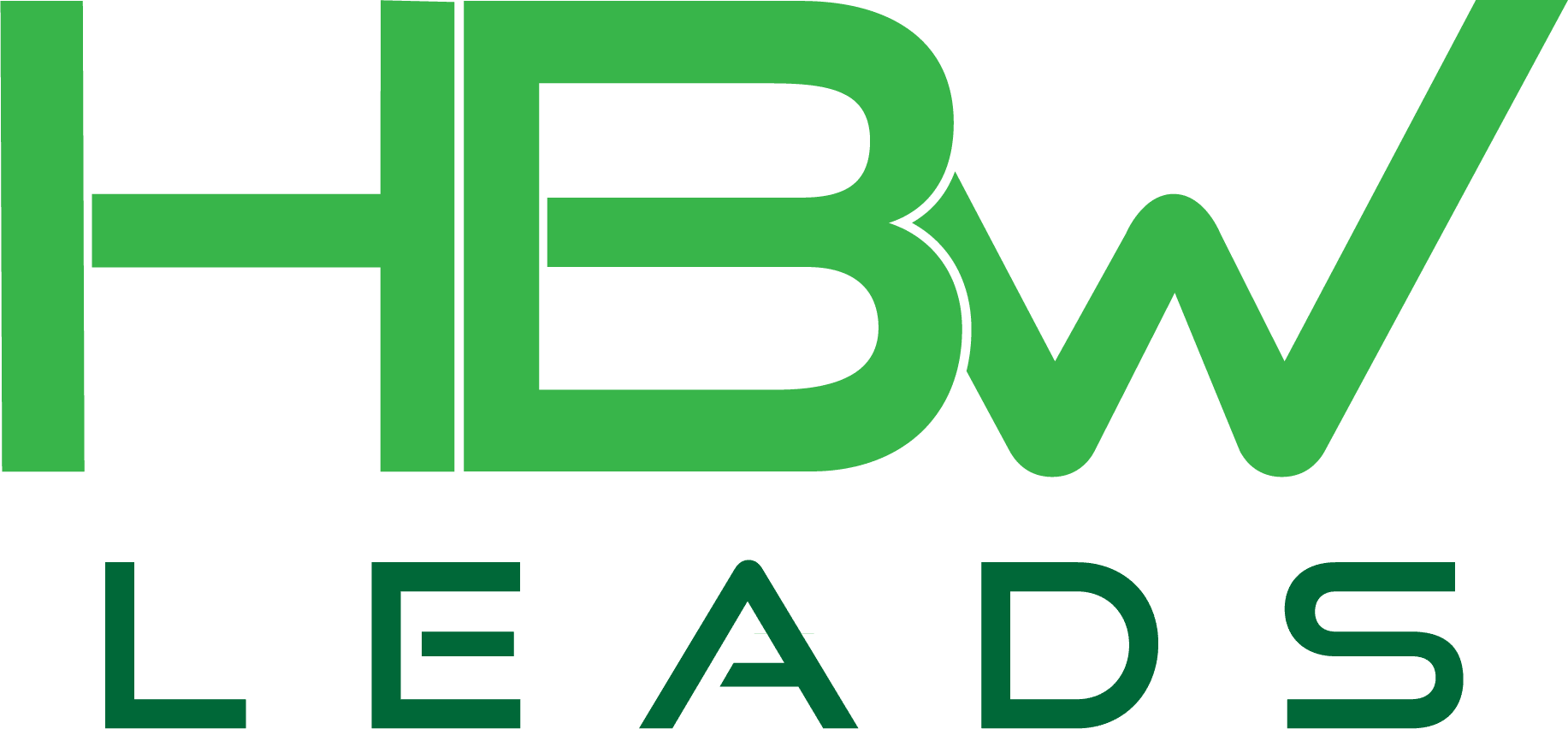Find out how your team can use follow-up call techniques to boost sales and improve client relationships.
As an insurance agency owner, you’re well aware of the pivotal role follow-up calls play in nurturing leads and closing deals. However, not all follow-up call techniques are equally effective. To empower your team to excel in this crucial aspect of sales, we’ve compiled a list of five teachable techniques that, when mastered, can significantly improve sales. Furthermore, these techniques will help improve your relationships with clients, leading to longer-term value.
Each of these follow-up call techniques has unique advantages, and any of them are helpful on their own. When you put them together, however, the result is a powerful addition to your sales strategy.
5 Follow-up call techniques you don’t want to miss out on
1. The “Value-Add” Approach
One of the most effective follow-up techniques is the “value-add” approach. This involves providing potential clients with valuable information or resources about their needs or concerns. You demonstrate your expertise and build trust with the prospect by offering value.
To implement this technique, train your team to:
- Research the prospect’s industry, business, and potential pain points.
- Identify relevant resources, such as case studies, whitepapers, or articles.
- Share these resources during the follow-up call, highlighting how they address the prospect’s needs.
- Engage in a conversation about the prospect’s challenges and how your agency can help.
By focusing on providing value, your team can differentiate your agency from competitors and create a positive, memorable experience for the prospect. This approach has been proven to be effective, and we’re confident that it will yield positive results for your agency as well.
2. The “Personalized Touch” Method
In an age of digital distance, a personalized touch can make your follow-up calls stand out like a beacon in the night. Encourage your team to take notes during initial interactions with prospects, paying attention to personal details shared during the conversation.
During the follow-up call, your team can:
- Reference details from the previous conversation to show that they actively listened and valued the prospect’s time.
- Use the prospect’s name throughout the call, creating a sense of familiarity and connection.
- Tailor the conversation to the prospect’s unique needs and circumstances, demonstrating a genuine interest in helping them.
By incorporating a personalized touch into their follow-up call techniques, your team can build stronger relationships with prospects and increase the likelihood of converting them into clients.
3. The “Emotional Connection” Technique
People make decisions based on emotions and justify them with logic. The “emotional connection” technique leverages this principle by tapping into the prospect’s emotions and creating a sense of urgency.
To master this technique, train your team to:
- Identify the prospect’s primary motivation for seeking insurance (e.g., protecting their family, securing their business).
- Use storytelling to illustrate how your agency has helped clients in similar situations.
- Emphasize the potential consequences of not having the right insurance coverage.
- Create a sense of urgency by highlighting time-sensitive opportunities or limited-time offers.
By establishing an emotional connection, your team can make the follow-up call more compelling and persuasive, increasing the chances of a successful outcome.
4. The “Objection Handling” Strategy
Objections are a natural part of the sales process, and how your team handles them during follow-up calls can make or break a deal. The “objection handling” strategy focuses on anticipating common objections and preparing effective responses.
To implement this strategy, have your team:
- Brainstorm a list of common objections they encounter during follow-up calls.
- Develop a set of clear, concise, and persuasive responses to each objection.
- Practice delivering these responses through role-playing exercises.
- Listen actively to the prospect’s concerns and address them directly, using the prepared responses as a guide.
Your team can effectively demonstrate their expertise, build trust, and move the sales process forward by effectively handling objections.
5. The “Follow-Up Frequency” Formula
The frequency of follow-up calls can significantly impact their effectiveness. Too few calls may result in missed opportunities, while too many can be perceived as pushy or annoying. The “follow-up frequency” formula helps your team find the right balance.
A general rule of thumb is to:
- Send a follow-up email within 24 hours of the initial interaction.
- Make the first follow-up call 3-5 days after the email.
- Schedule subsequent follow-up calls every 5-7 days, depending on the prospect’s level of engagement.
- Adjust the frequency based on the prospect’s response and preferences.
Encourage your team to track their follow-up activities and analyze the results to refine the frequency formula.
Your insurance agency team can improve sales performance and client relationships by mastering these five teachable follow-up call techniques. Remember, success in follow-up calls requires persistence, personalization, and value-driven communication. Your team can become follow-up call experts with consistent training and practice, ultimately driving your agency’s growth and profitability.
While you focus on training, let us focus on leads. At HBW Leads, specialists call on your behalf to capture ideal leads, so the prospecting work is done for you. Start boosting sales today.


